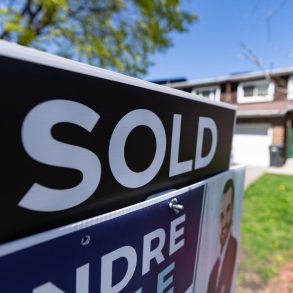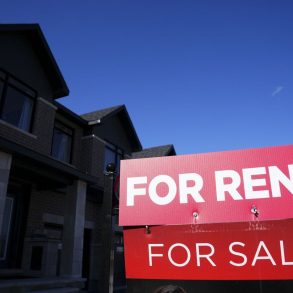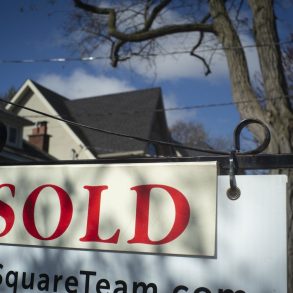Real estate activity and home prices across Canada continue to retreat from their March peak, but record-low inventories are keeping many local markets “extremely unbalanced,” according to the Canadian Real Estate Association (CREA).
The average home price in July was $661,788, up 15.6% year-over-year but down 3.5% from June, marking the fourth consecutive monthly decline. Since March, the average price has fallen 7.7%. Removing the high-priced markets of the Greater Toronto and Vancouver areas, the average price stands at $529,788, up 16.6% from last year.
Home sales are also down, having fallen 28% from the March peak and 15.2% since last year.
“The slowdown we’ve seen in home sales over the last few months has not been surprising, given that the level of activity we were seeing back in March was unsustainable,” Shaun Cathcart, CREA’s Senior Economist, noted in a release.
“But we are not returning to normal, we are only returning to where we were before COVID, which was a far cry from normal,” he added. “The problem of high housing demand amid low supply has not gone anywhere – it’s arguably worse. And after years of everyone agreeing that medium-density housing was the future, we are still referring to it as the ‘missing’ middle.”
CREA chair Cliff Stevenson said low housing inventory continues to be the key reason for tightness in the market, which is leading to “extremely unbalanced housing markets all over the country.”
New listings were down 8.8%, while housing inventory was unchanged from June at 2.3 months, still just above the all-time record low of 1.7 months in March. Housing inventory is the amount of time it would take to liquidate current inventories at today’s rate of sales.
Cross-Country Roundup of Home Prices
Here’s a look at some more regional and local housing market results for July:
- Ontario: $835,269 (+18%)
- Quebec: $449,098 (+15.9%)
- B.C.: $891,369 (+17%)
- Alberta: $426,036 (+7%)
- Barrie & District: $733,900 (+36.6%)
- Ottawa: $660,400 (+23.3%)
- Halifax-Dartmouth: $452,285 (+23%)
- Greater Montreal Area: $496,000 (+23.4%)
- Victoria: $843,600 (+17.8%)
- Winnipeg: $318,500 (+12%)
- Greater Vancouver Area: $1,175,500 (+13.8%)
- Calgary: $447,600 (+11%)
- Edmonton: $345,200 (+7.2%)
- St. John’s: $284,800 (+8.4%)
Reaction to the July Data
Analysts observed that while indicators are backing off from extreme levels, many markets continue to experience record activity.
Sales remain about 10% above pre-COVID levels and 15% higher than the 10-year average, according to BMO senior economist Robert Kavcic.
“From a bigger-picture perspective, we might be close to the point where major pandemic-era rebalancing has run its course—think single-detached versus condos, rural versus urban and cottages versus travel and other spending,” he wrote. “One could argue that some of those shifts went too far during the height of the madness, and we could see some undoing ahead, even if a lot of the underlying change is permanent.”
TD Bank economist Rishi Sondhi, meanwhile, drew attention to the slowing rate of decline in home sales.
“While this would imply less downside for sales on its own, rising bond yields, as assumed in our latest financial forecast, could lead to a further drop in activity moving forward,” he wrote.
“Despite the likelihood of further sales declines, prices should trend higher in coming quarters as markets still remain incredibly tight,” he added. “However, the rate of growth should be much slower compared to earlier in the pandemic, weighed down by tough affordability in several markets and compositional forces (i.e., a rising share of lower-priced units in overall sales).”







